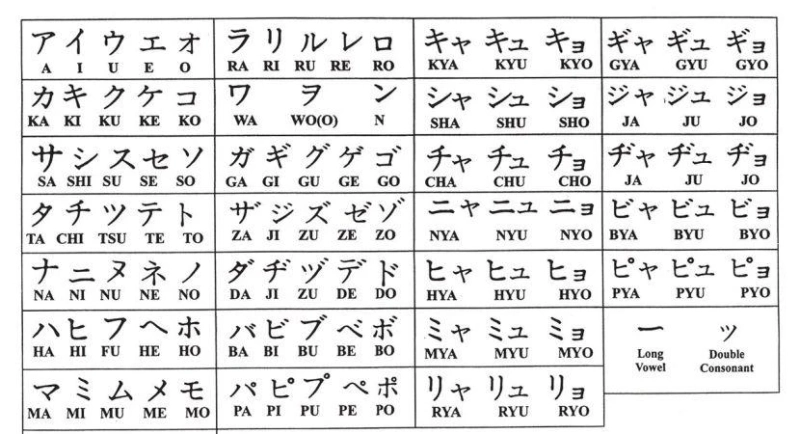Power of Image-Based Japanese Translation
In an era of globalization, breaking down language barriers is crucial, and translating Japanese from images has emerged as a powerful tool for effective communication. Whether you\'re a language enthusiast, a traveler, or a business professional, the ability to translate Japanese text from images can be a game-changer. In this article, we\'ll delve into the importance of image-based translation, explore available tools and techniques, and provide practical tips for seamless Japanese translation from images.
The Significance of Image-Based Japanese Translation:
Visual content is abundant in our digital age, and understanding Japanese text from images opens up a world of possibilities. From deciphering restaurant menus and street signs to translating business documents and product labels, image-based translation eliminates the language barrier, making information accessible to a broader audience. As search engines increasingly prioritize visual content, mastering image-based translation becomes essential for staying informed and connected.
Tools and Techniques:
OCR Technology (Optical Character Recognition):
OCR technology plays a pivotal role in image-based Japanese translation. By converting text from images into editable and translatable content, OCR tools make it possible to extract Japanese characters accurately. Popular tools such as Google Translate, Microsoft Translator, and ABBYY FineReader incorporate advanced OCR capabilities, allowing users to translate Japanese text seamlessly.
Mobile Apps for On-the-Go Translation:
Mobile apps equipped with image translation features have become indispensable for travelers and language learners. Apps like Google Translate and Microsoft Translator allow users to snap a photo of Japanese text and receive instant translations. These applications are user-friendly and efficient, making them ideal companions for those navigating unfamiliar Japanese environments.
Online Image Translation Services:
Several online platforms specialize in image-based translation services. These services often combine OCR technology with human verification to ensure accuracy. Websites like i2OCR and Online OCR offer the convenience of uploading images for Japanese translation, making the process efficient and accessible.
Practical Tips for Effective Image-Based Japanese Translation:
Capture Clear and Well-Lit Images:
For optimal results, ensure that the images you capture are clear, well-lit, and free from unnecessary clutter. High-quality images enhance the accuracy of OCR technology and contribute to more reliable translations.
Break Down Complex Text:
When dealing with lengthy or complex Japanese text, consider breaking it down into smaller sections. This not only aids in better OCR recognition but also improves the overall accuracy of the translation.
Verify Context for Accurate Interpretation:
Japanese, like many languages, relies heavily on context for accurate interpretation. Be aware of the surrounding content and use additional context clues to ensure the translated text aligns with the intended meaning.
Conclusion:
As technology continues to advance, image-based Japanese translation has become an invaluable tool for anyone seeking to navigate the rich and diverse landscape of the Japanese language. Whether you\'re exploring Japan, conducting business, or simply satisfying your curiosity, mastering the art of translating Japanese from images opens up a world of possibilities, fostering better understanding and connection in our global community.



